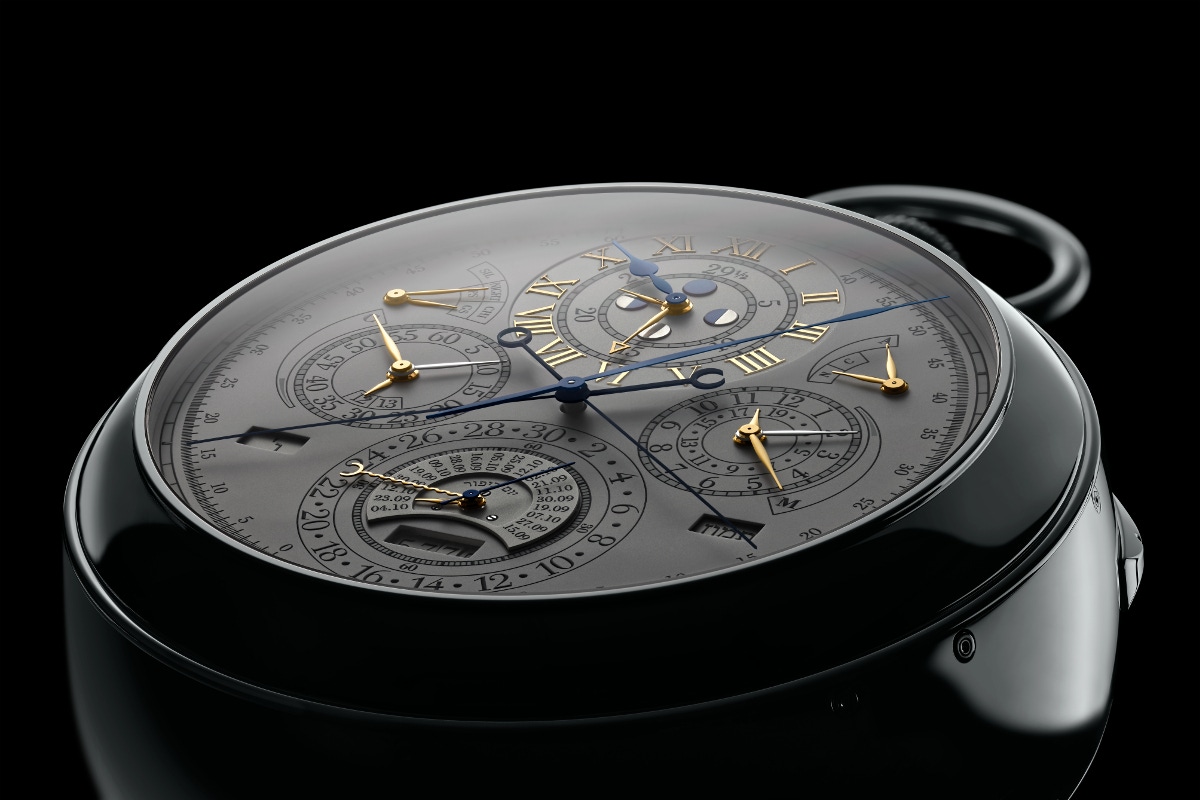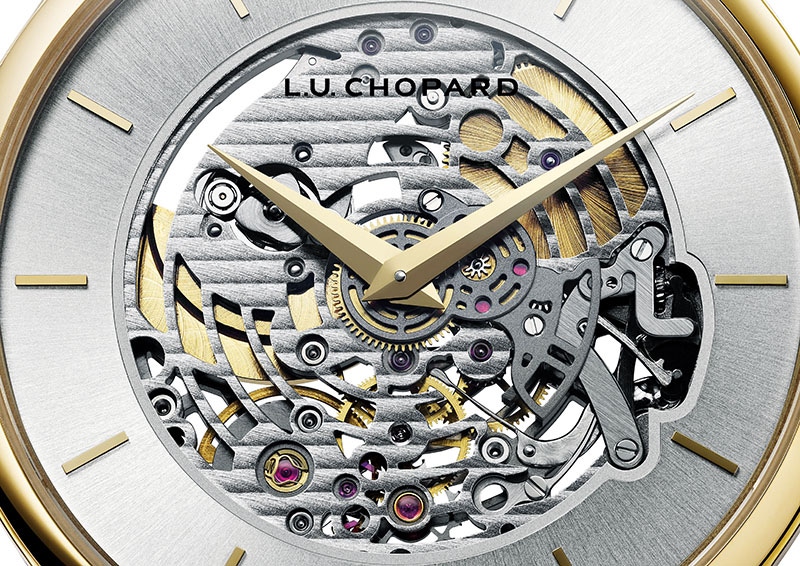The Complete History of the Audemars Piguet Perpetual Calendar
The complete history of the Audemars Piguet Perpetual Calendar is written by Wei ‘Le Wei’ Koh, in collaboration with Michael ‘Le Mic’ Friedman and Pygmalion Gallery, with thanks to Tom Chng.




